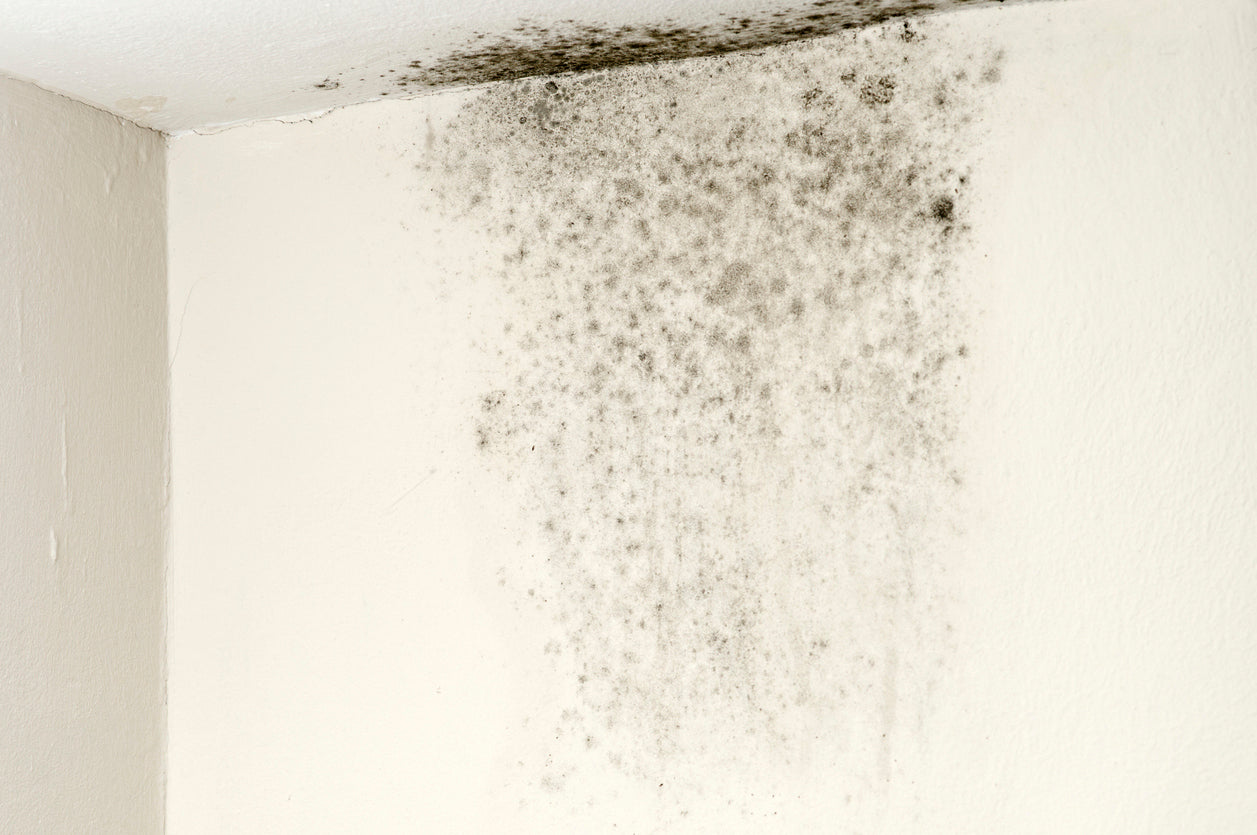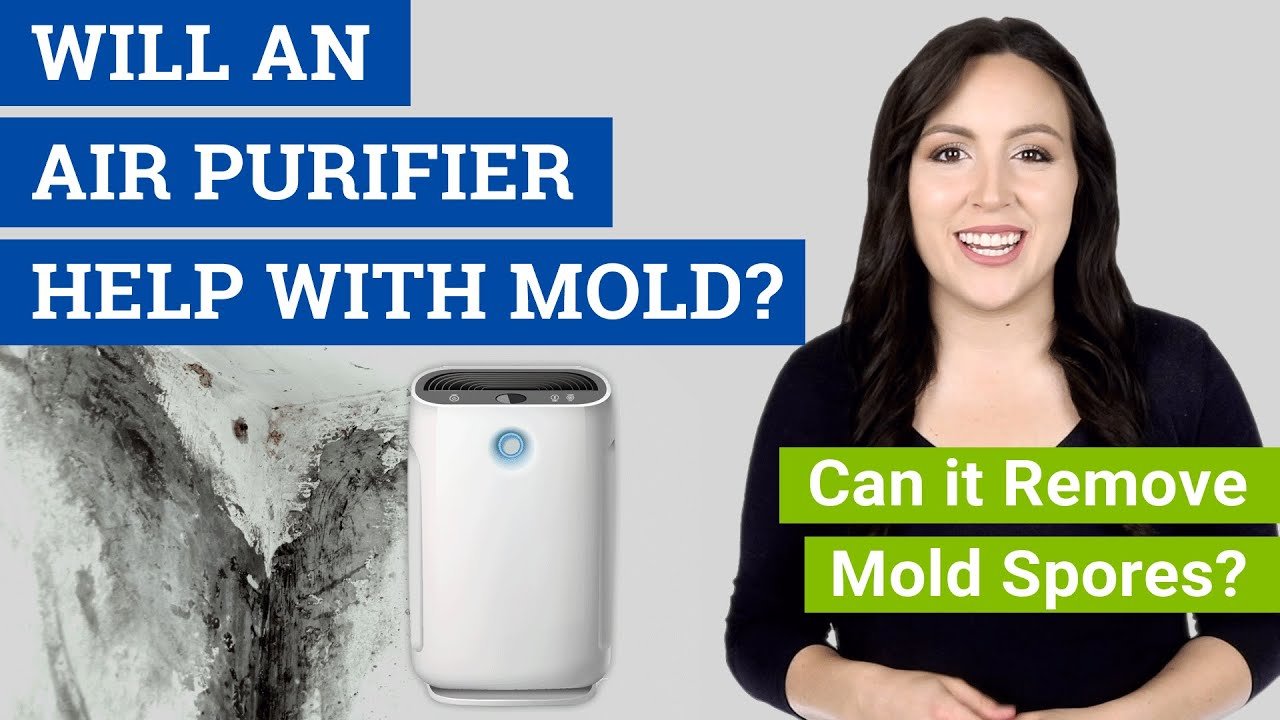Yes, air purifiers can help remove mold spores from the air. They use filters to trap these tiny particles, making the air cleaner and safer to breathe.
Mold spores are everywhere, and they can cause health problems, especially for those with allergies or asthma. Air purifiers are designed to improve indoor air quality by capturing pollutants like mold spores. Understanding how they work can help you decide if an air purifier is a good solution for your home.
In this blog, we will explore the effectiveness of air purifiers in removing mold spores. We’ll discuss how different types of air purifiers work and what to look for when choosing one. By the end, you’ll have a clear idea of whether an air purifier is right for you.

Credit: molekule.com
Introduction To Air Purifiers
Air purifiers can effectively remove mold spores from the air. They trap these spores using HEPA filters. This helps create a healthier home environment.
Air purifiers are devices that clean the air in your home. They work by removing particles like dust, pollen, and mold spores. These devices are essential for maintaining good indoor air quality. Cleaner air means a healthier living space for you and your family.Purpose And Benefits
The primary purpose of air purifiers is to improve indoor air quality. They can remove a wide range of pollutants from the air. This includes mold spores, which can cause health problems. Air purifiers are beneficial for people with allergies or asthma. They help reduce symptoms by removing allergens from the air. Cleaner air also means fewer respiratory issues and better overall health.Types Of Air Purifiers
There are different types of air purifiers available. Each type uses a different method to clean the air. HEPA filters are very effective at trapping small particles. They can capture mold spores and other allergens. Activated carbon filters remove odors and chemicals from the air. UV purifiers use ultraviolet light to kill bacteria and mold spores. Ionic purifiers release ions that attach to particles, making them easier to remove. Choosing the right type of air purifier depends on your needs. For mold spores, a HEPA filter or UV purifier is often the best choice. These types can effectively reduce mold in your home. “`Mold Spores In Indoor Air
Indoor air quality is crucial for a healthy living environment. Mold spores are a significant concern. These tiny particles float in the air and can cause various health issues. Understanding mold spores and their sources helps in managing indoor air quality effectively.
Sources Of Mold Spores
Mold spores enter homes through windows, doors, and vents. They thrive in damp areas like bathrooms, kitchens, and basements. Common sources include:
- Water leaks
- Poor ventilation
- Wet clothes
- Humidifiers
Regular cleaning and maintenance can reduce mold growth. Fixing leaks and ensuring proper ventilation are key steps.
Health Risks Of Mold Spores
Mold spores can affect health, especially for those with allergies or asthma. Some common health risks include:
- Respiratory issues
- Allergic reactions
- Skin irritation
- Headaches
In severe cases, mold exposure can lead to chronic respiratory problems. Ensuring clean indoor air is vital for overall health and well-being.
How Air Purifiers Work
Air purifiers help clean indoor air by removing harmful particles. Many wonder if they can also remove mold spores. Let’s explore how air purifiers work to understand their role in this process.
Filtration Mechanisms
Air purifiers use filters to trap particles. HEPA filters are common and can capture tiny particles, including mold spores. These filters have a fine mesh that traps spores as air passes through. Activated carbon filters can also help by removing odors and some mold spores. Together, these filters can make a big difference in air quality.
Efficiency And Effectiveness
The efficiency of an air purifier depends on its filter quality. HEPA filters can remove up to 99.97% of particles. This makes them very effective against mold spores. The size of the room also matters. An air purifier must match the room size to work well. Regular maintenance, like changing filters, keeps the purifier effective.
Air Purifiers Vs. Mold Spores
Air purifiers help improve indoor air quality. But can they remove mold spores from the air? Mold spores are tiny and can be harmful. They can cause allergies and respiratory problems. Let’s explore how air purifiers tackle this issue.
Filter Types For Mold
Different air purifiers use different filters. HEPA filters are common and effective. They can trap mold spores due to their small size. HEPA filters capture 99.97% of particles as small as 0.3 microns. Mold spores fall within this range.
Activated carbon filters also help. They remove odors and volatile organic compounds (VOCs). This reduces the musty smell mold produces. But they are not as effective in capturing the spores themselves.
UV-C light filters can kill mold spores. They use ultraviolet light to destroy the DNA of the spores. This stops them from reproducing. But UV-C light alone is not enough. It works best with HEPA or activated carbon filters.
Performance In Mold Removal
Air purifiers can reduce mold spores in the air. But they cannot eliminate them completely. Mold can hide in walls, carpets, and other surfaces. Regular cleaning and moisture control are also necessary.
Positioning the air purifier matters. Place it in the room where mold is present. This maximizes its effectiveness. Keep doors and windows closed. This prevents new spores from entering the room.
Change the filters regularly. A clogged filter cannot capture more spores. Check the manufacturer’s recommendations for maintenance. A well-maintained air purifier performs better.
In summary, air purifiers help reduce mold spores in the air. They work best with proper filters and maintenance. But they are part of a larger mold control strategy. Regular cleaning and moisture control are essential.
Choosing The Right Air Purifier
Choosing the right air purifier can be challenging. Mold spores are tiny and can cause health problems. An effective air purifier can help remove these spores from the air. There are different types of air purifiers available. Each type has its own way of dealing with mold spores.
Hepa Filters
HEPA filters are highly effective. They trap 99.97% of particles, including mold spores. These filters have fine mesh that captures tiny particles. HEPA filters are widely recommended for removing mold spores. They are a reliable choice for maintaining clean indoor air.
Uv-c Light Purifiers
UV-C light purifiers use ultraviolet light. This light kills mold spores in the air. The UV-C light damages the DNA of mold spores. This stops them from reproducing. UV-C light purifiers are often combined with other filters. This combination ensures maximum air purification.
Placement And Maintenance
Proper placement and maintenance of your air purifier are key to its effectiveness in removing mold spores from the air. Ensuring that your air purifier is placed correctly and maintained regularly can significantly improve air quality in your home. Let’s explore these aspects in detail.
Optimal Placement
Place your air purifier in the room where you spend the most time. Living rooms and bedrooms are usually the best spots. Ensure there is enough space around the device. Avoid placing it against walls or in corners. This allows for better airflow and maximizes the purifier’s efficiency.
Place the air purifier near mold-prone areas. Kitchens and bathrooms often have higher humidity, which can lead to mold growth. Keeping the purifier close to these areas can help capture mold spores before they spread.
Regular Maintenance Tips
Regular maintenance keeps your air purifier running efficiently. Check and replace filters as recommended by the manufacturer. A clogged filter can reduce the purifier’s effectiveness. Clean the exterior and vents to prevent dust buildup. This ensures optimal airflow.
Monitor the air quality indicator, if your purifier has one. This helps you know when it’s time to change the filter. Keep an eye on the device’s performance and listen for unusual noises. These could indicate that maintenance is needed.
Additional Mold Prevention Tips
While air purifiers can help remove mold spores, additional steps are essential to prevent mold growth in your home. Implementing these tips will create a healthier environment and reduce the likelihood of mold issues.
Reducing Humidity
Mold thrives in humid conditions. Keep indoor humidity levels below 60% to deter mold growth.
- Use a dehumidifier to maintain optimal humidity levels.
- Ventilate bathrooms and kitchens with exhaust fans.
- Dry wet areas immediately, including spills and leaks.
Regular Cleaning Routines
Frequent cleaning can prevent mold spores from settling and growing.
- Dust and vacuum your home regularly to remove spores.
- Clean mold-prone areas, like bathrooms and basements, with mold-killing products.
- Wash fabrics, such as curtains and upholstery, to eliminate spores.
| Area | Cleaning Frequency |
|---|---|
| Bathrooms | Weekly |
| Basements | Monthly |
| Living Areas | Bi-weekly |

Credit: www.puroclean.com

Credit: www.youtube.com
Frequently Asked Questions
Can Air Purifiers Remove Mold Spores?
Yes, air purifiers can remove mold spores. They use HEPA filters to capture particles, including mold spores, improving air quality.
Do Hepa Filters Capture Mold Spores?
HEPA filters are effective at capturing mold spores. They trap particles as small as 0. 3 microns, including most mold spores.
Are Air Purifiers Effective Against Mold?
Air purifiers are effective against mold spores. They reduce airborne mold particles, but do not eliminate mold growth sources.
Which Air Purifier Is Best For Mold?
The best air purifiers for mold have HEPA filters. Look for models with additional UV or activated carbon filters for extra protection.
Conclusion
Air purifiers help reduce mold spores in the air. They are useful for improving indoor air quality. Choose a purifier with a HEPA filter for best results. Regular maintenance is key. Clean and replace filters as needed. A clean environment also helps.
Remove mold sources and keep humidity low. This combined approach ensures healthier air in your home. Breathe easier and enjoy a safer living space.
Rakib Sarwar is a Registered Pharmacist and a reputed health and wellness blogger. He has a great interest in Air purifiers.
